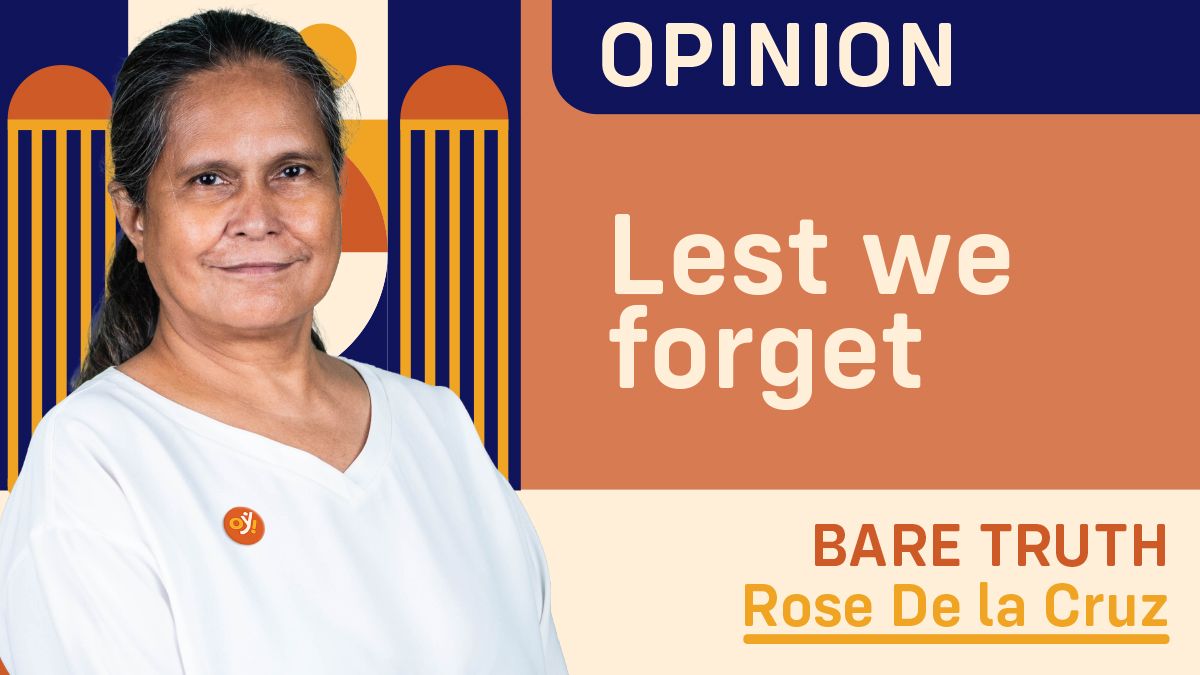As we enter a new year, it’s essential to reflect on the progress made and the challenges ahead.
In February 2024, I wrote about the Department of Agriculture's (DA) initiative to implement a voucher system aimed at improving transparency and empowering farmers to choose the farm inputs best suited to their needs. This system was designed to address procurement issues and ensure that farmers had more control over the materials they received.
However, recent developments suggest a shift in the approach. While the voucher system is still in place, the DA appears to be moving towards a more centralized process for distributing farm inputs. Decisions regarding which materials will be provided are now being made from Elliptical center instead of farmers informing regional officials about their choice of inputs. This shift raises questions about how decisions are being made and whether they are being influenced by local political relationships.
The voucher system, which was initially intended to give farmers the power to select their preferred seeds, fertilizers, and other inputs, has been partially retained, but it now seems to be more limited than before. Even products like biofertilizers, once promoted as solutions to the soil challenges of rice farmers, are being awarded to a select group of manufacturers—some of whose products are still untested.
The 2024 General Appropriations Act had allocated funds to provide clustered farmers with financial assistance in the form of vouchers, giving them the flexibility to select seeds and fertilizers based on their specific needs. The intention was for suppliers to be held accountable for product performance, with monitoring and technology transfer built into the process. However, the DA's recent shift towards a hybrid approach, as outlined in Memorandum Order 8 (Series of 2024), suggests a blending of the old and new systems.
Under this new arrangement, local government units and agricultural officials will have a role in determining which inputs are distributed, though farmers have a little say through the voucher system. This hybrid approach, while maintaining some elements of the original model, has raised concerns about the potential for political influences, overpricing, and corruption—particularly with the May 2025 midterm elections approaching.
Unlike the voucher-only system, which provided a higher level of transparency and accountability, the new approach may not offer the same degree of oversight and empowerment for farmers. With local officials playing a larger role in the decision-making process, there is a risk that the needs of farmers could take a backseat to political considerations.
The General Appropriations Act had envisioned that clustered rice farmers would receive vouchers funded through Intervention Monitoring Cards (IMCs), giving them greater control over their choice of seeds and fertilizers while ensuring that suppliers met product standards. As these changes take shape, it’s important to consider whether the hybrid model will effectively address the real needs of farmers, or if it will merely result in a compromise that repeats the inefficiencies and issues of the past.
We all hope that these changes will not lead us back to past mistakes, such as the Fertilizer Scam under the previous administration. Let us learn from history and ensure that the true needs of our farmers remain at the forefront of agricultural programs.
As I mentioned last February, it’s crucial to question whether the recent adjustments will genuinely benefit farmers or whether they will serve the interests of those in power. Transparency and accountability should be the guiding principles as we move forward, so that farmers can continue to make informed choices that meet their needs.
#OpinYoncolumnists #Barethetruth #RoseDelaCruz
